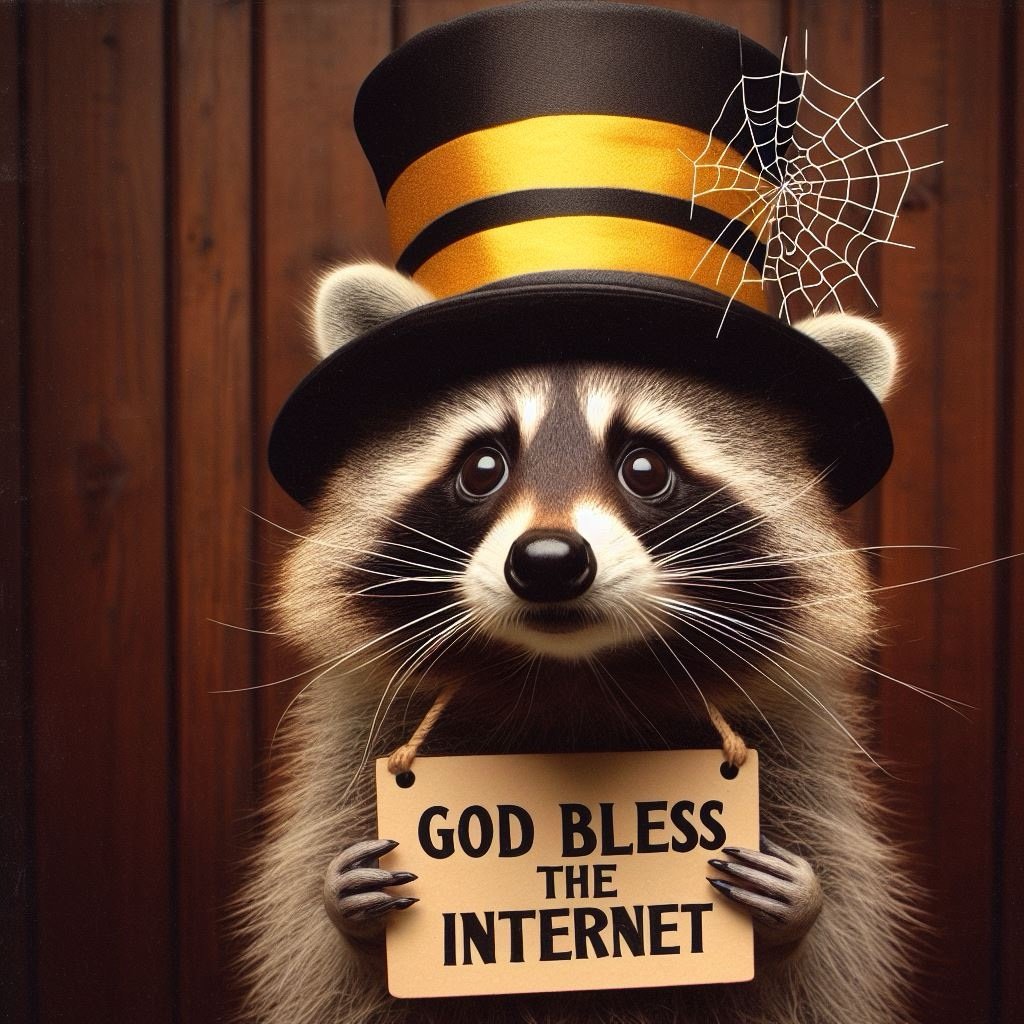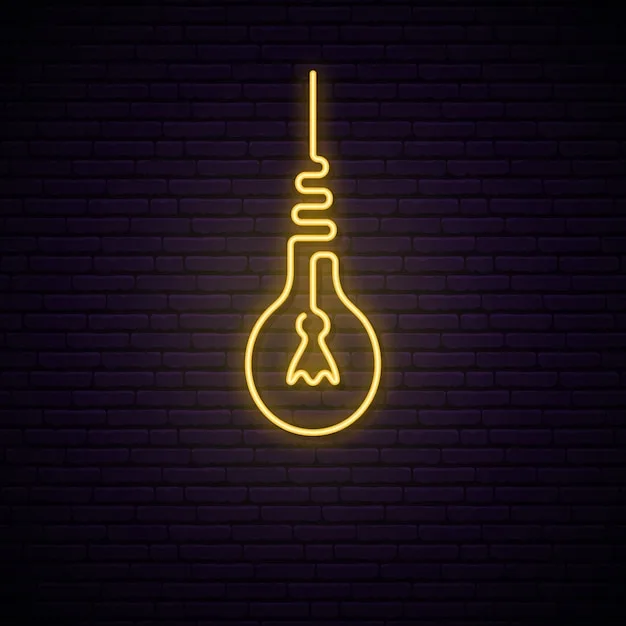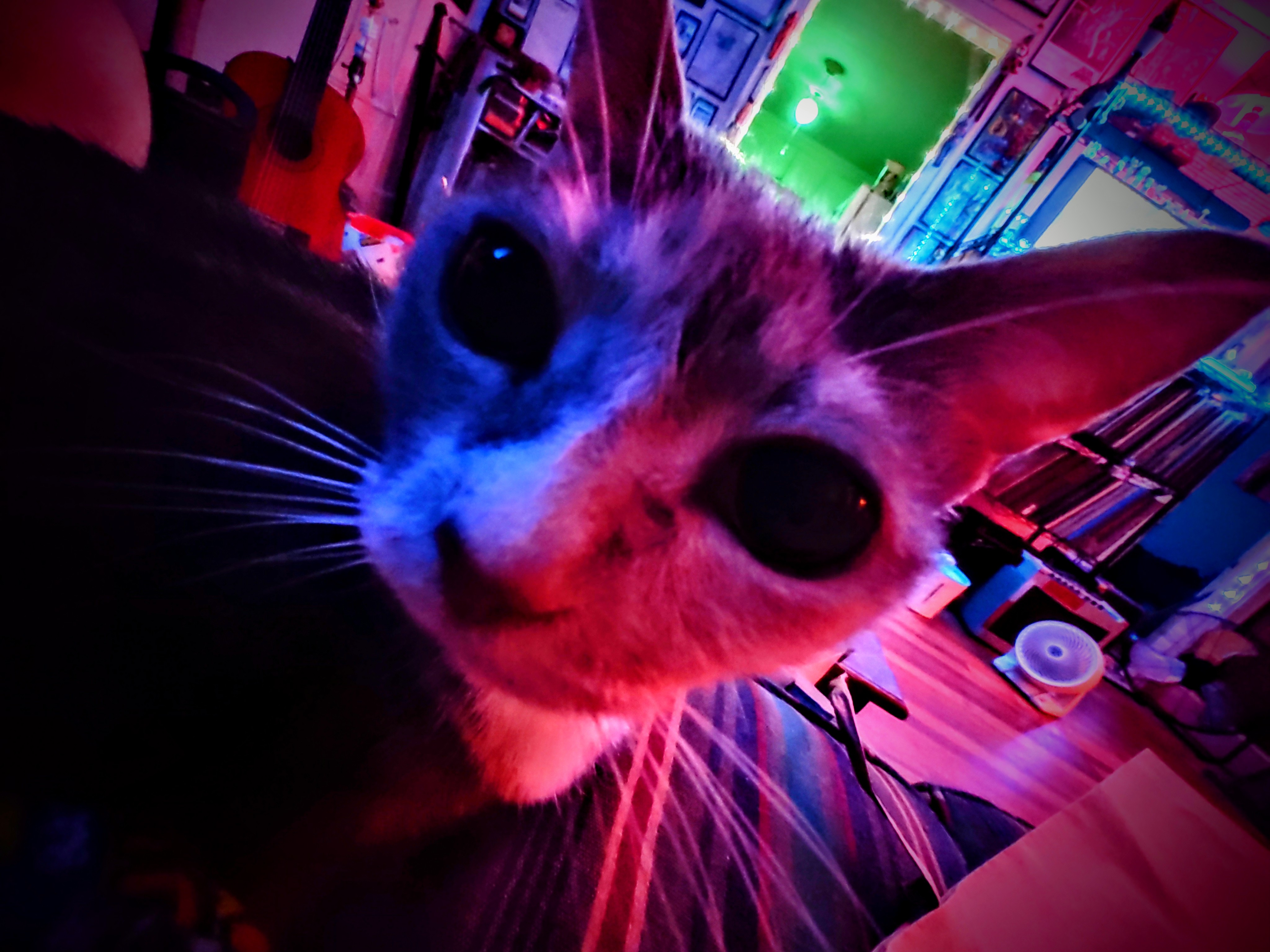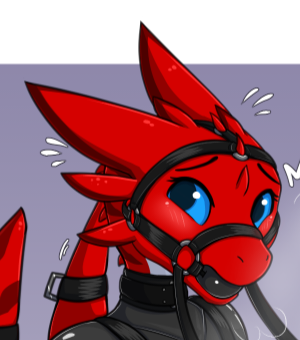God bless the internet.


Is it photoshop or is the raccoon actually in a silly hat?
Unbelievably, the picture is of the hat, the racoons was shopped in.
This earned a lol from me and my dad.
I believe this is Pope Raccacoonie the first if I recall correctly
This one unfortunately smells like AI.
Hey, when I was a kid in the 90s if you wanted to see a picture of a raccoon you’d spend all day online waiting for it to load! If you knew the right guy at school though you could get a 1/4" floppy disk already loaded with raccoon pictures so you wouldn’t have to wait so long…
raccoon
Yeah “raccoon”
Don’t kink shame me.
omg I completely forgot how tiny raccoons were in the 90s.
Oh Captain Janeway. Lace, the final brazier
You mean beaver.
Big brown beavers
5.25", or 3.5"? We had both at my parents’ house in the 90s, but the standard was 3.5"
I think there may even be an external 8" floppy drive in my parents’ barn.
This would have been around 95 or 96 so definitely 3.5" floppies. The same guy said he could get me bootleg copies of Duke Nukem 3D and Rise of the Triad and they both came on huge stacks of 3.5" floppies that he expected me to give back to him lol
I loved RotT, especially when you’d blow someone up and get an eyeball smearing down the screen hah. (There may be something wrong with me lol)
In case anyone wants to see this:

That’s a fairly normal hat.
It knows some very entertaining stories once you get to know it better.
Our Lord Raiden.
If you wanted to watch a raccoon try to wash cotton candy, you’d have to find a raccoon and give it some cotton candy.
https://i.imgur.com/Jj4WK1a.gif
Now you can just describe a specific raccoon video and be presented with it by a stranger who also loves this video.
Now we can generate one in a few seconds that has never existed jsuf by touching our phone in the right places a few times
TeChNicAlLy it sort of already existed. A diffusion model can only generate an impossibly huge but finite number of images, and the content of these images is determined when the model is created. So when you ‘generate’ images you’re kinda just browsing a catalog
That’s not correct. It allows permutations of concepts it has “identified”. It’s only finite in the sense of being limited by the number of pixels and possible color values.
This is far from what “browsing a catalog” makes it sound like. It’s almost correct if you consider the catalogue as a collection of concepts. But it is literally generating an image based on a prompt that projects those concepts to an image. You can generate something with a combination of concepts, mixed together in a way that were never part of any training set
A racoon with purple fur, wearing sunglasses and a metal viking helmet with ivory horns, the blue planet earth is visible in the starry background

It doesn’t do a perfect job, but I also spent 2 minutes on this.
Vikings didn’t have helmets with horns.
Indeed. That’s why I specified “with ivory horns” :P
That goes hard
You missed my point I think. There is a finite number of possible prompts and settings resulting in a finite number of possible images. I wasn’t talking about training sets at all
There is a finite number of possible prompts
Why do you think this is the case? When people say “finite”, it’s not obvious what they mean by it. Everything humans have made is finite, anything computers can represent, is finite, mathematically speaking. But, “finite” in mathematics, is as unsuited to use to describe the number of permutations of concepts in prompts, as it is to say that there is only a “finite amount of images” a computer can generate. It’s not a very interesting observation, because of course it is finite in this sense. Not to mention that the limits of this “finite”-ness, is still further bounded by human comprehension.
But, you are saying that this is missing your point… it’s difficult to know what that point is is. Because, if your point is that it is finite, in the mathematical sense, then… yes, you are technically right.
- The latent space is discrete
- The latent space is ultimately bounded
- The latent space can only model a N-dimensional space for N “concepts”
All these three statements are true. The problem is mixing a vernacular use and understanding of finite, with a mathematical one.
The first one is similar to saying there are only a set of “finite images”, because Width * height * channels * (2^color_depth-1) is finite. The second one is also a bit strange to refer to it as such, because of course it will be bounded by the concepts that can exist and can be identified from training sets. The third one is fine. However, because there are a finite number of concepts, which then implies a mathematical finite number of permutations,… suggesting that this is “finite” in terms of being a “a catalogue”, is where you crossed the line between “technically correct” and “practically incorrect”.
Yes, the permutations are finite, but… putting all three together, there are as many permutations as there is resolution in the N-dimensional discretization of the latent space. I.e. similar to “all possible images a computer can output for a given color depth, channel count and size” is “finite”. If you mean to be “technically correct”, then it isn’t an interesting statement. If you allude to a vernacular understanding of finite (i.e. “just a catalogue”), then it simply isn’t correct.
My original comment was about the timing when the image is ‘created’. The ‘finiteness’ was supposed to be the supporting argument, but the other commenter put it in better words: “deterministic” (Even though they disagree on that). I’m not sure why you are so hung up on the word ‘catalogue’, that was just illustrative wording.
If you mean to be “technically correct”, then it isn’t an interesting statement.
My comment startet with the very word “technically”. If you find that uninteresting you’re free to just scroll by
Naah. I call BS. You know what you’re implying.
TeChNicAlLy it sort of already existed. A diffusion model can only generate an impossibly huge but finite number of images, and the content of these images is determined when the model is created. So when you ‘generate’ images you’re kinda just browsing a catalog
The “already existed” gives it away. No, this didn’t “sort of already existed”, and there is no technically correct interpretation that can give you the benefit of the doubt either.
content of these images is determined when the model is created
Nope. The diffusion model guides a random noise image. Mathematically, any image can be generated out of pure randomness without any effect by model. See how silly and uninteresting “technical correct” makes things?
So when you ‘generate’ images you’re kinda just browsing a catalog
Nope.
It is OK to admit you were wrong. No need to double down on this. I just wanted to explain why it was wrong.
Besides the point the other commenter already made, I’d like to add that inference isn’t deterministic per model. There are a bunch of sources of inconsistency:
- GPU hardware/software can influence the results of floating point operations
- Different inference implementations can change the order of operations (and matrix operations aren’t necessarily commutative)
- Different RNG implementations can change the space of possible seed images
If you generate with the same prompt and settings you get what I would consider the same image except for tiny variations (they aren’t matching pixel-perfect)
Edit: A piece of paper has a random 3D relief of fibers, so the exact position a printer ink droplet ends up at is also not deterministic, and so no two copies of a physical catalog are identical. But we would still consider them the “same” catalog
If there’s slight variation, it means it’s not the same image.
And that’s skipping over different RNG etc. You can build a machine learning model today and give it to me, tomorrow I can create a new RNG - suddenly the model can produce images it couldn’t ever produce before.
It’s very simple: the possible resulting images aren’t purely determined by the model, as you claimed.

50 years ago? Yes, that’s true, but it was true 25 years ago too. For a lot of people it was true as recently as 15-20 years ago.
In the 90’s you’d have to watch America’s Home Videos, complete with Bob Sagat and commercials to see the same stuff freely available all over the internet now.
deleted by creator
you may haz cheezburger







